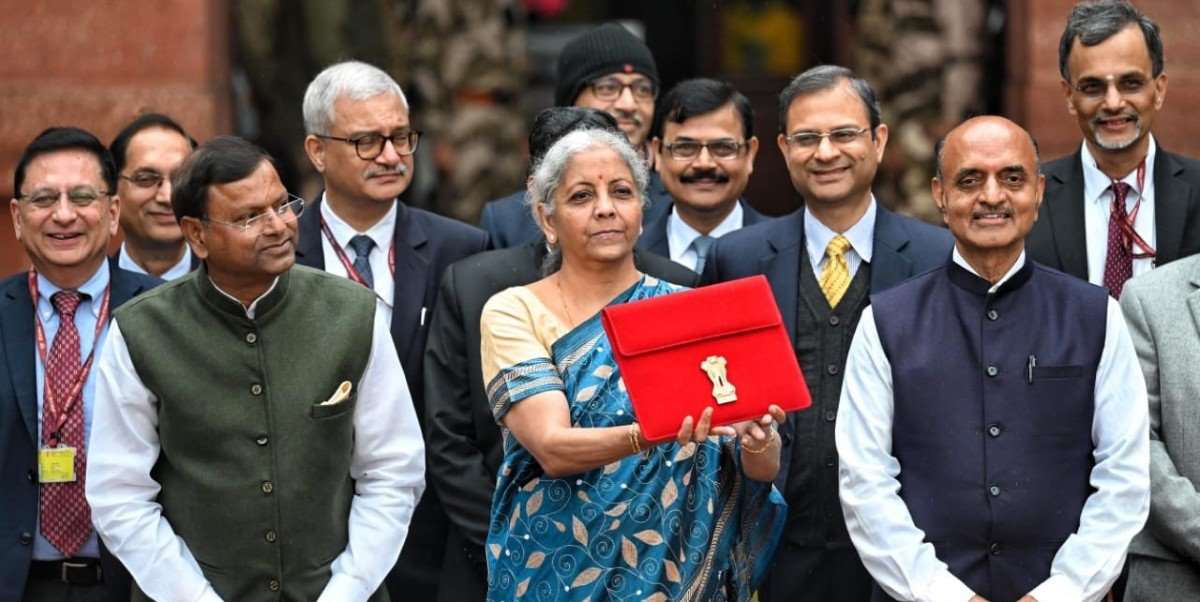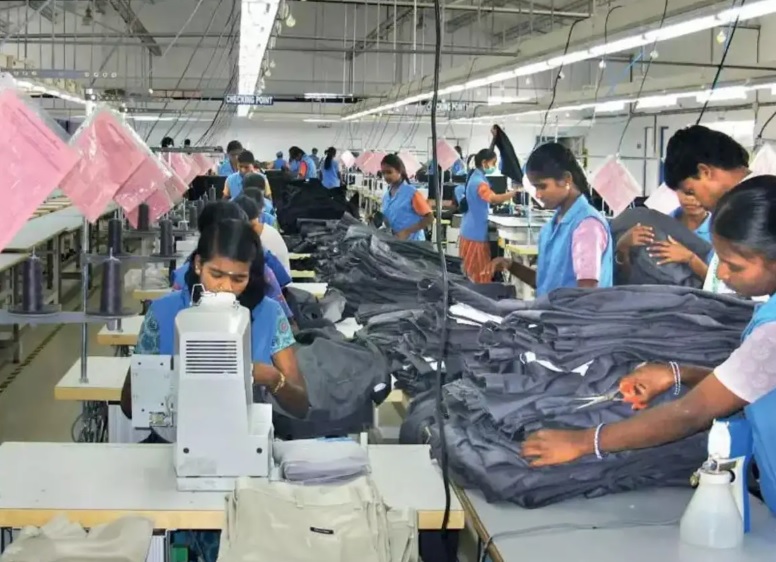
The South India Garment Association (SIGA) has raised alarm over the potential negative effect on the garment industry due to a new payment rule for Micro, Small, and Medium Enterprises (MSMEs). In a letter to Prime Minister Narendra Modi, SIGA urged for the repeal of Rule 43B(H) of Income Tax Act, claiming it poses an existential threat to countless garment units nationwide.
Introduced as part of the MSMEs Development Act, 2006, Rule 43B(H) mandates prompt payment to micro and small businesses by buyers. Payments exceeding specified timelines – 15 days for perishables, 30 days for goods, and 45 days for services – are now deemed income for the seller, attracting taxes on the buyer.
Affects on the industry
SIGA President Anurag Singhla expressed grave concerns, stating, "This will be a big blow to the garment industry, already struggling against corporate competition. Lakhs of jobs are at stake. We urge the Prime Minister to intervene and save the industry."
Industry experts too echoed their concerns. Naresh Lakhanpal, SIGA Vice President opines, "The garment industry faces its worst crisis in 50 years. Clients are cancelling orders due to the rule. It's unsustainable." While B C Shivakumar, Managing Director of BS Channabasappa & Sons, explained highlighted its impracticality in the garment industry's context. "The average payment cycle is 90 days. Enforcing a 45-day limit will cripple us. We request a phased implementation." Kundan Jain, former SIGA President, emphasized the ripple effect on suppliers facing order cancellations. "Making payments within 75-90 days is the norm. A 45-day limit is impossible," he asserted.
The garment industry is a significant contributor to the Indian economy, employing over 12 million people and accounting for 2 per cent of the GDP. Estimates suggest that over 50,000 garment units could be affected by the new rule, potentially jeopardizing millions of jobs across the value chain.
Meanwhile the government has acknowledged the SIGA’s and other industry bodies concerns. The Ministry of Micro, Small and Medium Enterprises (MSME) has stated it is reviewing the rule and considering possible modifications. However, no concrete action has been taken yet.
Potential consequences
Beyond job losses, the rule's implementation could have severe consequences on the garment industry:
• Lower production: As factories struggle to meet tight payment deadlines, production could slow down, impacting exports and domestic availability.
• Increased costs: Businesses may need to raise prices to compensate for the additional tax burden, potentially impacting consumer demand.
• Shifting orders: Garment manufacturers may be forced to move production to countries with more relaxed payment regulations, further impacting domestic jobs and exports.
Various stakeholders have proposed alternative solutions such as having industry-specific exemptions or exempting the garment industry from Rule 43B(H) or extending the payment timelines to align with industry norms. Financial support by way of providing working capital loan or other financial instruments to help businesses meet payment deadlines. Opting for phased implementation, which would mean implementing the rule gradually to allow businesses time to adjust their practices.
The future of the garment industry hangs in balance as it awaits the government's response. The potential consequences of the new payment rule are significant, and swift action is needed to protect jobs, ensure industry stability, and safeguard the sector's contribution to the Indian economy.












